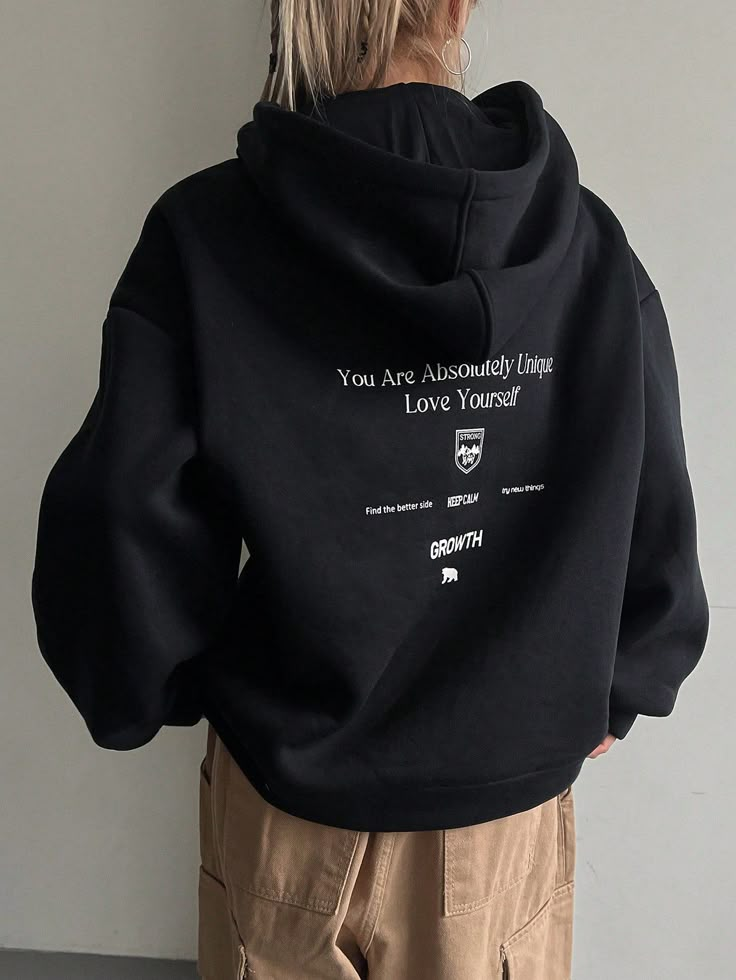
Minimalist Fashion: The Art of Less Is More
Introduction
In the ever-evolving world of fashion, minimalism has emerged as a compelling counter-narrative to the excess and overstimulation that often dominate the industry. The essence of minimalist fashion lies not in what is added, but in what is intentionally left out. This style champions clarity, quality, and the thoughtful curation of garments that speak softly but powerfully. “Minimalist Fashion: The Art of Less Is More” explores how this refined aesthetic has gained global traction, shaping how individuals express identity, pursue sustainability, and redefine luxury through subtle elegance.
The Origins and Philosophy of Minimalist Fashion
Minimalist fashion finds its roots in a broader cultural and artistic movement that values simplicity and intentionality. Emerging prominently in the mid-20th century, particularly through design and architecture, minimalism emphasized clean lines, functional form, and the rejection of ornamentation. In the fashion realm, this translated into clothing that embodies purity of form, precision tailoring, and a subdued color palette. Pioneers such as Coco Chanel, with her iconic little black dress, and later designers like Jil Sander and Calvin Klein, brought minimalism to the forefront by advocating for timeless designs that prioritize structure and form over decorative detail.
The core philosophy centers on stripping away the superfluous to reveal the essential. This approach encourages a more conscious relationship with clothing—one that values quality over quantity and favors garments that transcend fleeting trends. Minimalist fashion is as much about mindset as it is about style; it promotes intentionality in consumption, clarity in self-presentation, and an appreciation for understated beauty.
Building a Minimalist Wardrobe: Essentials and Staples
Crafting a minimalist wardrobe involves a deliberate process of selection and curation. Instead of chasing every seasonal trend, the minimalist approach advocates investing in a handful of versatile pieces that can be mixed, matched, and layered effortlessly. These staples typically include neutral-toned tops, tailored trousers, structured blazers, simple dresses, and well-fitting denim. Each piece is chosen not only for its aesthetic but for its functionality, durability, and ability to complement the rest of the wardrobe seamlessly.
Attention to fabric is crucial. Natural fibers such as cotton, wool, linen, and silk are preferred for their breathability, texture, and longevity. The palette is often restrained, with blacks, whites, greys, and earthy tones dominating, allowing for cohesive pairing across items. Yet, minimalist style doesn’t mean monotony; subtle variations in texture, silhouette, and layering bring depth and sophistication to what might appear, at first glance, as plain. The emphasis is always on the fit, form, and fluidity of movement, creating ensembles that feel effortless yet intentional.
The Role of Texture, Tone, and Tailoring
In minimalist fashion, texture becomes a silent but powerful tool of expression. Without the crutch of bright colors or busy prints, garments rely on tactile richness to convey interest. A matte silk blouse, a structured wool coat, or a soft cashmere sweater can elevate an outfit through their physical feel and visual nuance. The interplay of these textures creates a multi-dimensional aesthetic that remains visually engaging without the need for embellishment.
Color theory also plays a subtle yet impactful role. While the minimalist palette may appear limited, it is deliberate. Off-whites, cool greys, charcoal blacks, and muted beiges provide a sophisticated canvas that enhances the wearer’s natural features. These tones also contribute to the longevity of the wardrobe, resisting the seasonal whims of fashion and maintaining relevance across years.
Tailoring is another cornerstone. The cut of a garment—how it hugs or flows over the body—defines its elegance. In minimalist fashion, every seam and hem is purposeful. Precision in tailoring ensures that even the simplest dress or shirt looks polished and refined. This attention to construction elevates basic clothing to a form of wearable art.
Minimalism and Personal Identity
One of the most compelling aspects of minimalist fashion is its ability to amplify personal identity rather than overshadow it. By stripping away the excess, this style allows the individual to shine through. It rejects the notion that self-expression requires maximalist adornment, instead suggesting that authenticity can be articulated through thoughtful simplicity.
This sartorial clarity often aligns with broader lifestyle choices. Many who embrace minimalist fashion also value mindfulness, sustainability, and intentional living. The wardrobe becomes a reflection of these priorities, serving not just aesthetic purposes but ethical and emotional ones as well.
Minimalist fashion encourages wearers to consider: What do I truly need? What brings me confidence and comfort? What aligns with who I am becoming? In answering these questions, individuals craft a style that is deeply personal, highly functional, and enduringly chic.
Minimalist Fashion Icons and Their Influence
Numerous style icons have championed minimalist fashion, bringing it into mainstream awareness while also elevating its artistic potential. Figures like Audrey Hepburn, with her clean lines and classic silhouettes, and Steve Jobs, with his iconic black turtleneck and jeans, demonstrated how uniformity can be both powerful and memorable. In modern times, designers like Phoebe Philo during her tenure at Céline, and brands such as The Row and COS, continue to define and evolve the minimalist aesthetic.
These tastemakers and labels share a commitment to quality, clarity, and coherence. Their influence extends beyond runways and into the daily lives of consumers who seek an elegant antidote to fast fashion’s chaos. Through their work, minimalist fashion remains both relevant and revolutionary.
Sustainability and the Minimalist Movement
Minimalism and sustainability are inherently aligned. The minimalist wardrobe’s emphasis on fewer, better-quality items naturally reduces overconsumption. By choosing durable materials and timeless designs, wearers can significantly extend the life of their clothing, minimizing waste and reducing environmental impact.
Furthermore, many minimalist fashion brands embrace ethical production practices, prioritizing transparency, fair labor, and low-impact manufacturing. This commitment reflects a holistic view of fashion—one that considers the garment’s entire lifecycle, from sourcing to disposal.
As climate concerns mount and consumers grow more conscious, the minimalist approach offers a sustainable path forward. It encourages us to question not only what we wear, but how our choices affect the world around us.
Minimalist Fashion in a Digital World
In the age of digital saturation, where image-sharing and trend cycles move at breakneck speed, minimalist fashion stands as a form of visual and psychological relief. It offers an aesthetic pause—a quiet alternative to the noise. Social media influencers and digital creatives are increasingly adopting minimalist style not just for its chic appearance but for the values it communicates.
A curated Instagram feed showcasing muted tones, serene backdrops, and clean silhouettes conveys a lifestyle of calm, control, and intentionality. For many, embracing minimalist fashion becomes a way to reclaim space—visually, mentally, and emotionally—in a crowded digital landscape.
This digital embrace also democratizes minimalist fashion, allowing individuals from diverse backgrounds to interpret and adapt the aesthetic to their unique contexts. Through blogs, YouTube channels, and online boutiques, minimalist style continues to evolve, shaped by global voices and local expressions.
Conclusion
Minimalist fashion is more than a trend—it is a philosophy, an aesthetic, and a movement toward mindful living. It challenges the conventions of excess, inviting us to find beauty in restraint and meaning in simplicity. As we navigate an increasingly complex world, the art of dressing with less offers clarity, sustainability, and a renewed sense of self. In this quiet revolution, fashion becomes not just what we wear, but how we choose to live.


